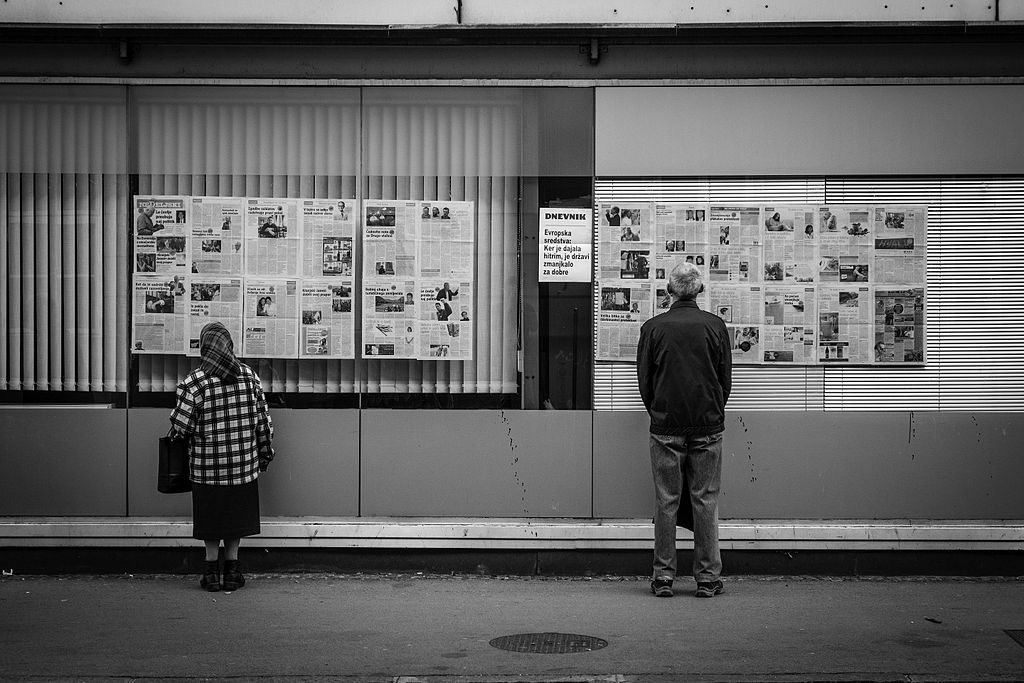Viewpoint: You Need to Get Better at Finding Reliable News in 2018
It should come as no surprise to today’s college students that some news sites are more reliable than others.

Certain outlets are accused of promoting a particular agenda (whether it be conservative or liberal), while others never seemed to have a solid grasp on the facts. All too often, what appears in students’ news feed is not “news” at all; it is simply information used to create widespread panic and reinforce preexisting biases by putting us all in echo-chambers.
But what actually makes reliable news? Key things to look for to establish reliability and credibility is what a site considers news, how they fact check and any detectable political bias.
We are all human beings and have personal biases towards certain things. But the job of news sites is not to confirm a bias, but to report facts. The job of a news source is not to sensationalize events, but to report them accurately.
There is no doubt that certain sources do it better than others. This Marketwatch infographic is a good place to begin comparing news sources:

The graphic claims that the BBC, NPR, Washington Post, and Associated Press meet a relatively high standard of news and have minimal partisan bias. If you are looking to go more in-depth, The Guardian, Wall Street Journal, The Economist, and Vox do a decent job, but, as one can see, they tend to skew moderately conservative or liberal.
While this comparison isn’t perfect, it definitely helps to enlighten students to the fact that some news sources are more biased than others.
If you read three articles about one issue rather than one article about it, you’ll have a better idea of whats true based on what is consistent in all of them.
But how can students spot fake or biased news that pops up in their timeline or appears on less well-known sites?
One of the most obvious ways is in the title. If a news source identifies a party in a headline or tagline, they probably skew that way. Another obvious tip-off is if they insult or ignore viewpoints that don’t agree with theirs. Unbiased stories will always make an effort to clearly lay out both sides of an issue.
Another thing to watch out for are sources that use click-bait heavy titles to draw readers in and sensationalize events to seem like bigger issues than they are.
So, what can students do to make sure they don’t get caught in the trap of fake or biased news?
One of the biggest things is to diversify your sources. If you read three articles about one issue rather than one article about it, you’ll have a better idea of whats true based on what is consistent in the articles. You can also see what might contradict based on these articles.
It is also very important to actively work to understand views different from your own. Not everyone has the same view, and it is more important to understand someone else than to reinforce your own beliefs. This might mean reading opinion pieces and occasionally looking at sites that offer well-researched viewpoints that are different from your own.
Use these two methods to be better informed and more alert to fake and biased news this year.





This is great advice and I would hope everyone would be so smart about research!
I like that you said that a news journalism source can be deemed as good if they are credible. In my opinion, I think all of us have biases but the ones I should read should keep it at a minimum at most. If there are certain sources that can do it more than others, then I’m sure that I can form a credible opinion based on what I’ll find.